Join Peter Eastway on a voyage to Canada's amazing Northwest Passage.
- Home
- Subscriptions
- Photo Tours
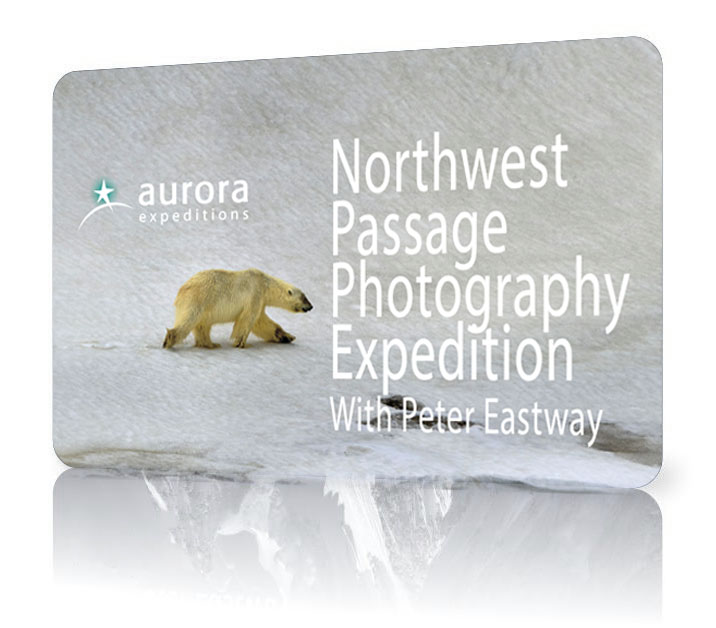 Northwest Passage 7-22 September 2025Northwest Passage 7-22 September 2025
Northwest Passage 7-22 September 2025Northwest Passage 7-22 September 2025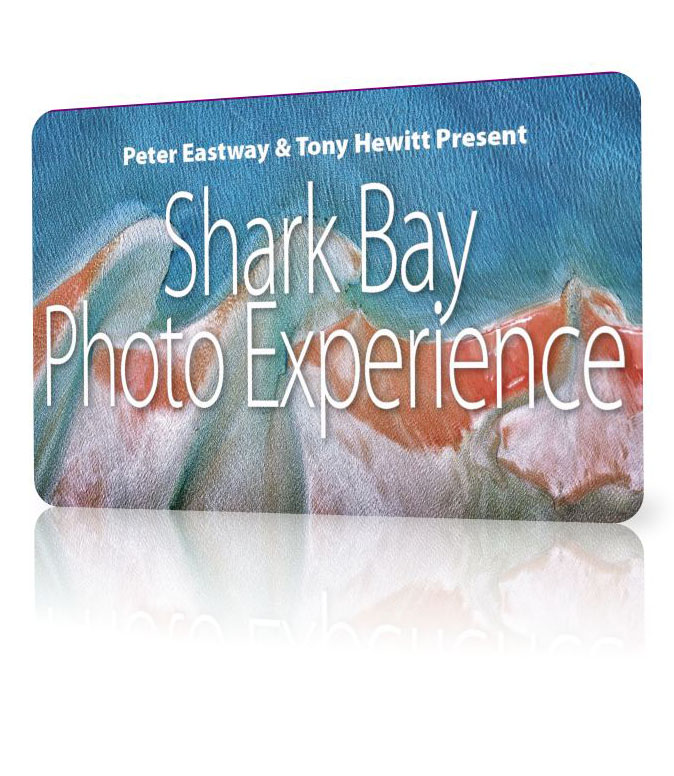 Shark Bay Aerials 21 - 25 May 2024 - Extra Week ConfirmedShark Bay Aerials 21 - 25 May 2024 - Extra Week Confirmed
Shark Bay Aerials 21 - 25 May 2024 - Extra Week ConfirmedShark Bay Aerials 21 - 25 May 2024 - Extra Week ConfirmedJoin Peter Eastway & Tony Hewitt for an aerial photography experience. Deposit price below:
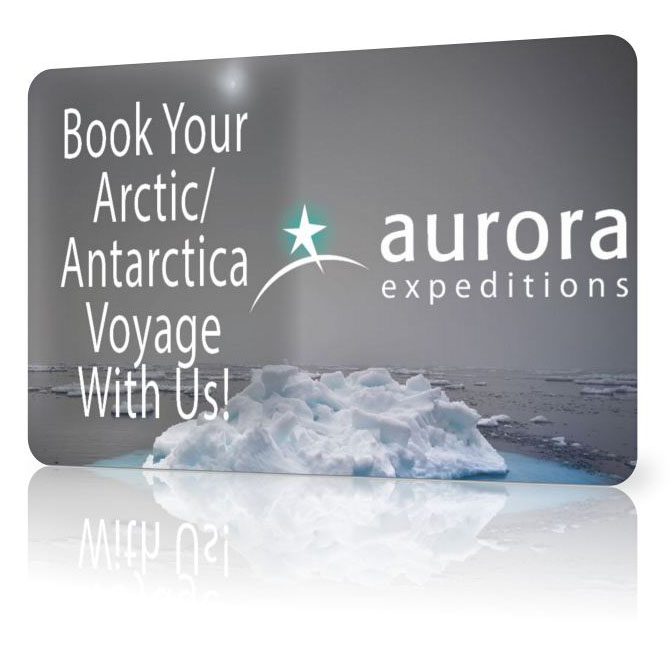 Aurora Expeditions - Book Your Arctic/Antarctica Voyage With Us!Aurora Expeditions - Book Your Arctic/Antarctica Voyage With Us!
Aurora Expeditions - Book Your Arctic/Antarctica Voyage With Us!Aurora Expeditions - Book Your Arctic/Antarctica Voyage With Us!Book your Aurora Expeditions voyage with Peter Eastway/Better Photography and receive a wealth of information before you travel!
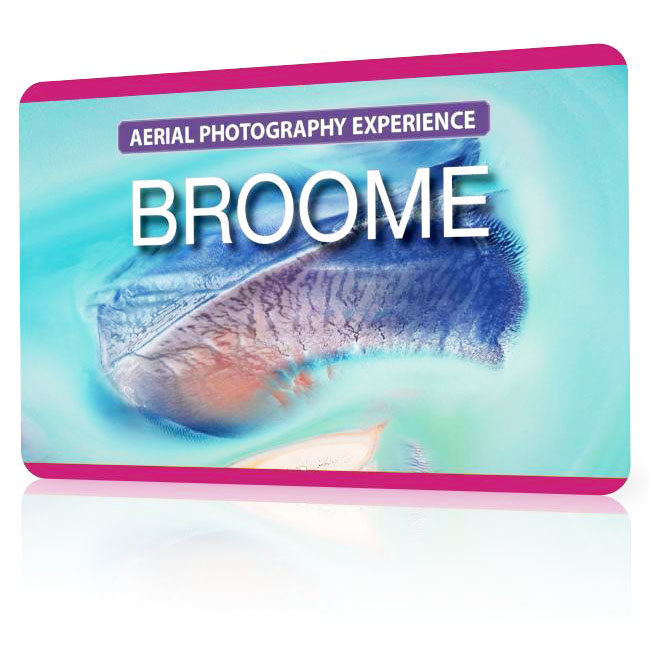 Broome Aerial Photography Experience 4 to 8 June 2024, $11,495 - SOLD OUTBroome Aerial Photography Experience 4 to 8 June 2024, $11,495 - SOLD OUT
Broome Aerial Photography Experience 4 to 8 June 2024, $11,495 - SOLD OUTBroome Aerial Photography Experience 4 to 8 June 2024, $11,495 - SOLD OUTJoin Peter Eastway & Tony Hewitt in Broome & Derby WA. Deposit price below:
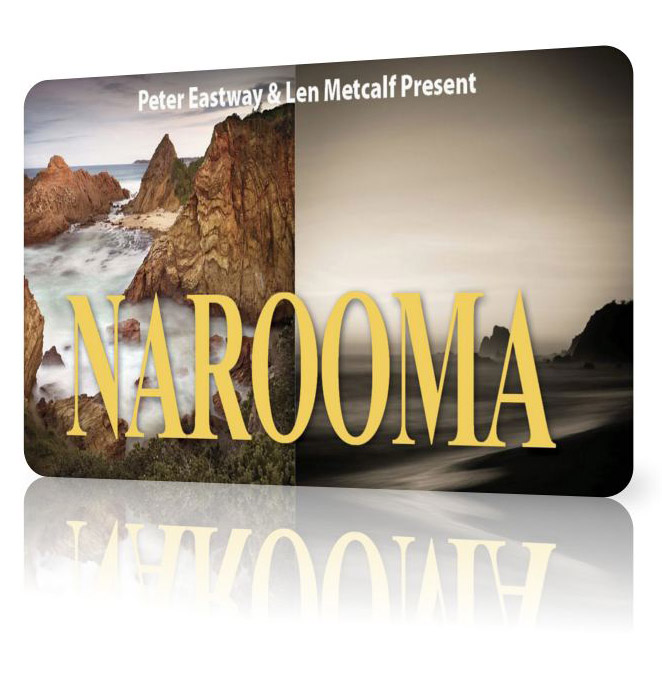 Narooma Deep Learning Photo Workshop with Len Metcalf & Peter Eastway, 6 to 10 May 2024 $5450Narooma Deep Learning Photo Workshop with Len Metcalf & Peter Eastway, 6 to 10 May 2024 $5450
Narooma Deep Learning Photo Workshop with Len Metcalf & Peter Eastway, 6 to 10 May 2024 $5450Narooma Deep Learning Photo Workshop with Len Metcalf & Peter Eastway, 6 to 10 May 2024 $5450Two Completely Different Approaches To Photography -
One Amazing Stretch Of Pristine Coastline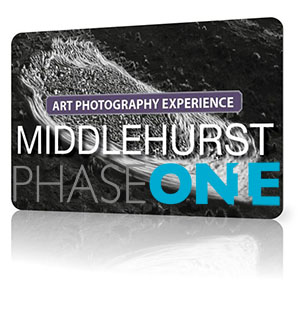 Middlehurst Phase One Experience 14-20 August 2024 AU$14,995Middlehurst Phase One Experience 14-20 August 2024 AU$14,995
Middlehurst Phase One Experience 14-20 August 2024 AU$14,995Middlehurst Phase One Experience 14-20 August 2024 AU$14,995A special medium format experience with Phase One.
 Shark Bay Aerial Photo Experience 28 May to 1 June 2024 - SOLD OUTShark Bay Aerial Photo Experience 28 May to 1 June 2024 - SOLD OUT
Shark Bay Aerial Photo Experience 28 May to 1 June 2024 - SOLD OUTShark Bay Aerial Photo Experience 28 May to 1 June 2024 - SOLD OUTJoin Peter Eastway & Tony Hewitt for an aerial photography experience. Deposit price below:
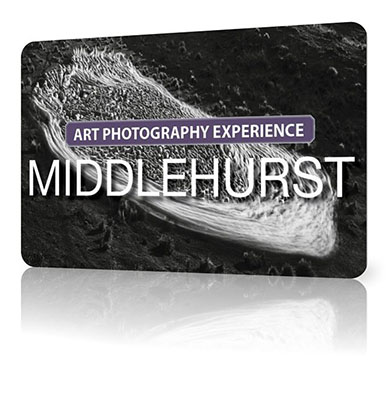 Middlehurst Art Photography Experience 5-11 Aug 2024Middlehurst Art Photography Experience 5-11 Aug 2024
Middlehurst Art Photography Experience 5-11 Aug 2024Middlehurst Art Photography Experience 5-11 Aug 2024Join Peter Eastway & Tony Hewitt on their annual visit to Middlehurst Station!
 Magical Bhutan & Ladakh 8 - 25 April 2024 US$9,495Magical Bhutan & Ladakh 8 - 25 April 2024 US$9,495
Magical Bhutan & Ladakh 8 - 25 April 2024 US$9,495Magical Bhutan & Ladakh 8 - 25 April 2024 US$9,495Join Peter Eastway and David Oliver on a trip to amazing Bhutan & Ladakh!
 In Shackleton's Footsteps - 16 March to 4 April 2025In Shackleton's Footsteps - 16 March to 4 April 2025
In Shackleton's Footsteps - 16 March to 4 April 2025In Shackleton's Footsteps - 16 March to 4 April 2025Join Peter Eastway & Tony Hewitt on a celebration of Sir Ernest Shackleton’s odyssey!
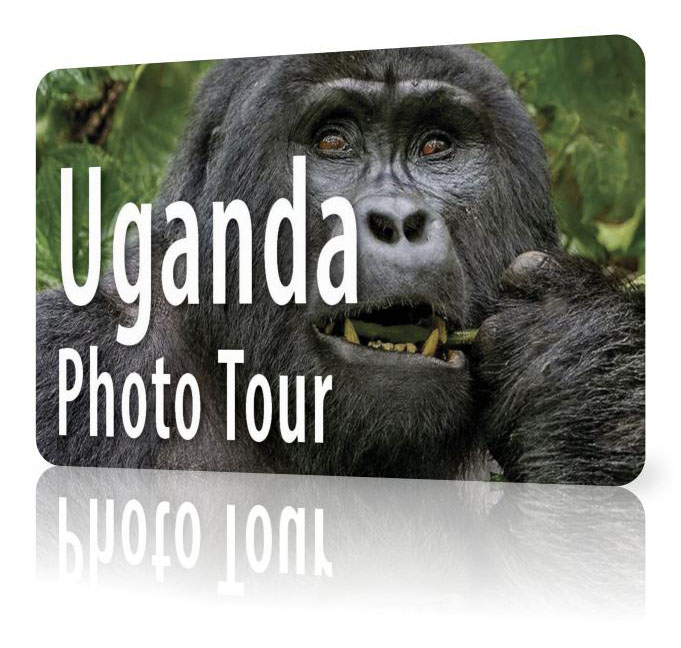 Uganda Photo Tour - 2 to 13 July 2024 US$10,995Uganda Photo Tour - 2 to 13 July 2024 US$10,995
Uganda Photo Tour - 2 to 13 July 2024 US$10,995Uganda Photo Tour - 2 to 13 July 2024 US$10,995Join Peter Eastway on a photography tour of Uganda.
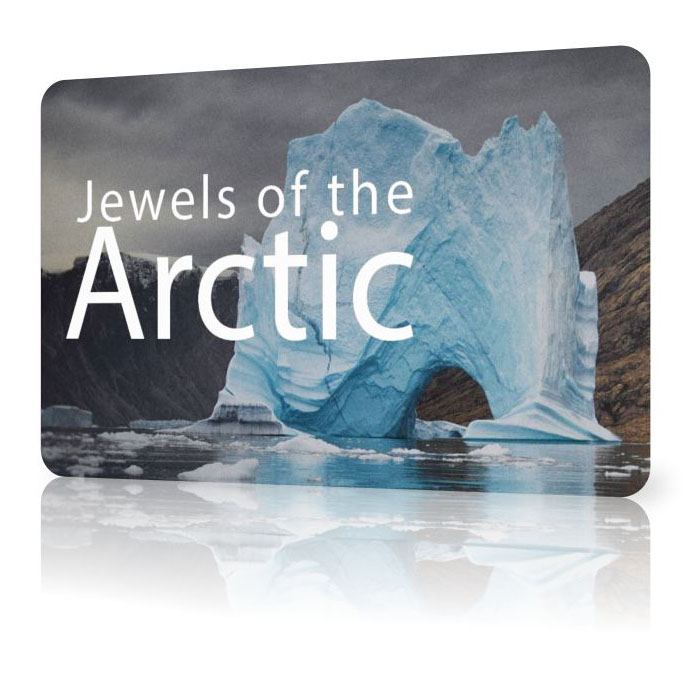 Jewels of the Arctic with Peter Eastway, 25 July to 8 August 2025Jewels of the Arctic with Peter Eastway, 25 July to 8 August 2025
Jewels of the Arctic with Peter Eastway, 25 July to 8 August 2025Jewels of the Arctic with Peter Eastway, 25 July to 8 August 2025Join Peter Eastway on a voyage to Svalbard, Greenland and Iceland!
- Photo Books
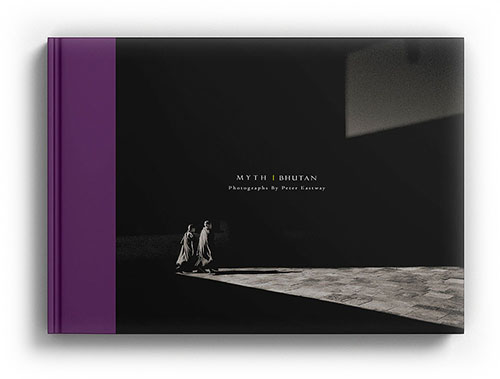 Myth - BhutanMyth - Bhutan
Myth - BhutanMyth - Bhutan$ 89.50
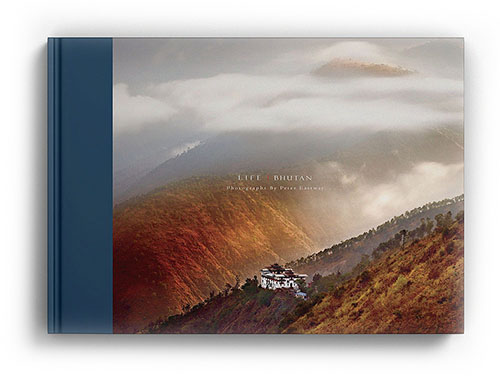 Life - BhutanLife - Bhutan
Life - BhutanLife - Bhutan$ 89.50
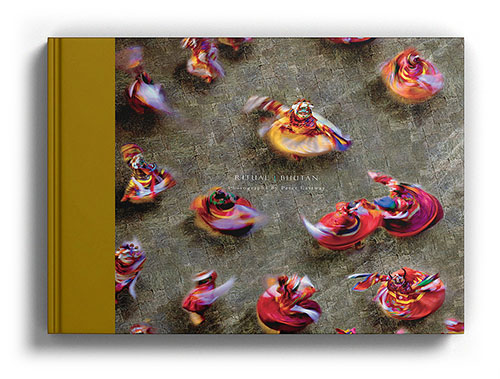 Ritual - BhutanRitual - Bhutan
Ritual - BhutanRitual - Bhutan$ 89.50
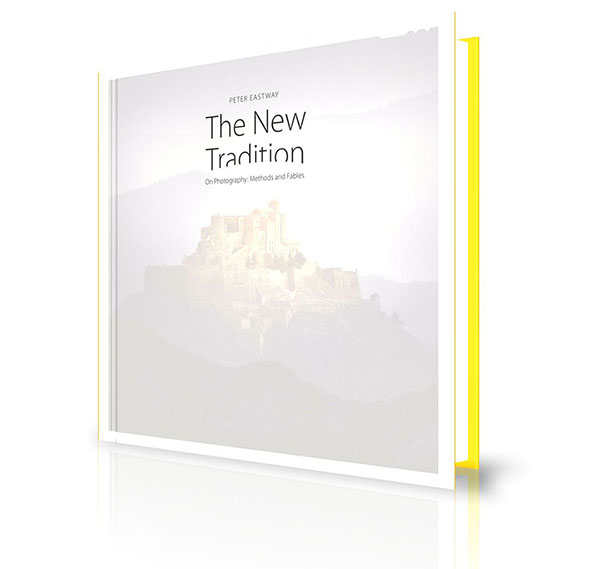 The New Tradition - To New ZealandThe New Tradition - To New Zealand
The New Tradition - To New ZealandThe New Tradition - To New Zealand$ 115.00
 The New Tradition - Outside AustraliaThe New Tradition - Outside Australia
The New Tradition - Outside AustraliaThe New Tradition - Outside Australia$ 160.00
 The New Tradition - Within AustraliaThe New Tradition - Within Australia
The New Tradition - Within AustraliaThe New Tradition - Within Australia$ 95.00
- Menu
- Login
Login
Better Photography Education Website Info
If you are already a subscriber to Better Photography or one of our many other courses, you'll need to login at our sister website, www.betterphotographyeducation.com. Yes, it's a little confusing - and you should complain bitterly to our editor about it! However, in the meantime, click on any of the links in this panel to be taken directly to the Better Photography Education website where your reading and viewing material is awaiting your return!




Click here to visit the Better Photography Education Website
There are no articles in this category. If subcategories display on this page, they may have articles.
Page 54 of 54
















